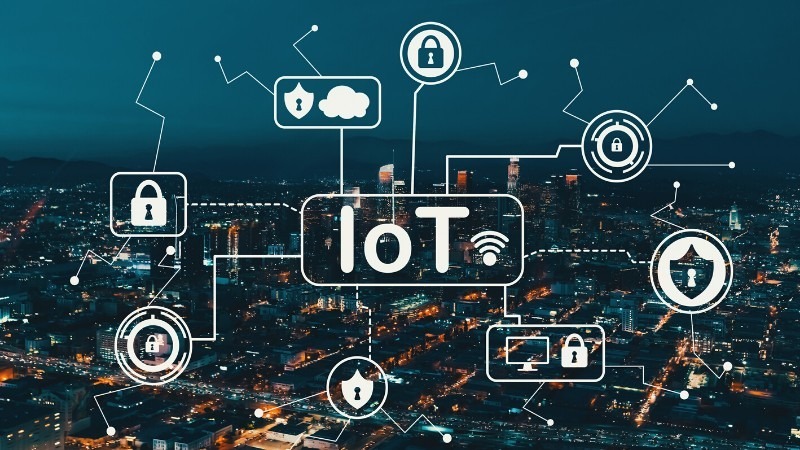Introduction:
The Internet of Things (IoT) has emerged as a transformative force in the realm of technology, connecting various devices and systems to enable smarter, more efficient operations across industries and in our daily lives. This article explores the concept of IoT, its significance, applications, challenges, and future prospects.
Understanding the Internet of Things:
At its core, IoT refers to the interconnection of everyday objects and devices via the internet, enabling them to collect and exchange data. These objects can range from household appliances and wearable devices to industrial machinery and vehicles. By embedding sensors, actuators, and connectivity features, these objects become “smart,” capable of gathering data, processing information, and communicating with other devices or centralized systems.
Significance of IoT:
The proliferation of IoT has significant implications across various domains. In the industrial sector, IoT facilitates predictive maintenance, optimizing production processes, and enhancing supply chain management. In healthcare, IoT-enabled devices monitor patient health remotely, improve medical diagnosis, and streamline healthcare delivery. In smart cities, IoT infrastructure enhances urban planning, traffic management, and energy efficiency. Moreover, IoT fosters innovation, creating new business models and opportunities for economic growth.
Applications of IoT:
- Smart Home Automation: IoT devices like smart thermostats, lights, and security cameras enhance convenience, energy efficiency, and security in homes.
- Wearable Technology: Fitness trackers, smartwatches, and medical devices monitor health metrics and provide personalized insights to users.
- Industrial IoT (IIoT): Sensors and connected devices in manufacturing plants optimize production processes, reduce downtime, and improve overall efficiency.
- Connected Vehicles: IoT-enabled cars collect data on performance, traffic conditions, and driver behavior, leading to safer and more efficient transportation systems.
- Smart Cities: IoT infrastructure in urban areas facilitates intelligent traffic management, waste management, and environmental monitoring to improve quality of life.
- Healthcare: Remote patient monitoring devices, smart medical implants, and telemedicine platforms enable personalized and accessible healthcare services.
Challenges and Concerns:
While IoT offers numerous benefits, it also presents challenges and concerns that need to be addressed:
- Security and Privacy: The vast network of interconnected devices raises concerns about data security and privacy breaches.
- Interoperability: Ensuring seamless communication and compatibility among diverse IoT devices and platforms is crucial for maximizing their utility.
- Data Management: Managing and analyzing the enormous volume of data generated by IoT devices require robust infrastructure and analytics capabilities.
- Regulatory Compliance: Compliance with data protection regulations and standards is essential to safeguarding user rights and ensuring ethical use of IoT technology.
Future Prospects:
The future of IoT promises continued innovation and expansion, with advancements in areas such as edge computing, 5G connectivity, and artificial intelligence driving further integration and intelligence of connected devices. Moreover, IoT ecosystems will likely become more interconnected and decentralized, fostering collaboration and interoperability across diverse platforms and domains.
Conclusion:
The Internet of Things represents a paradigm shift in how we interact with the world around us, enabling unprecedented connectivity, intelligence, and efficiency across various sectors. While challenges persist, the potential benefits of IoT are vast, promising to reshape industries, improve quality of life, and drive innovation in the years to come. As IoT continues to evolve, it is imperative to address concerns and leverage its transformative potential responsibly for the betterment of society.









